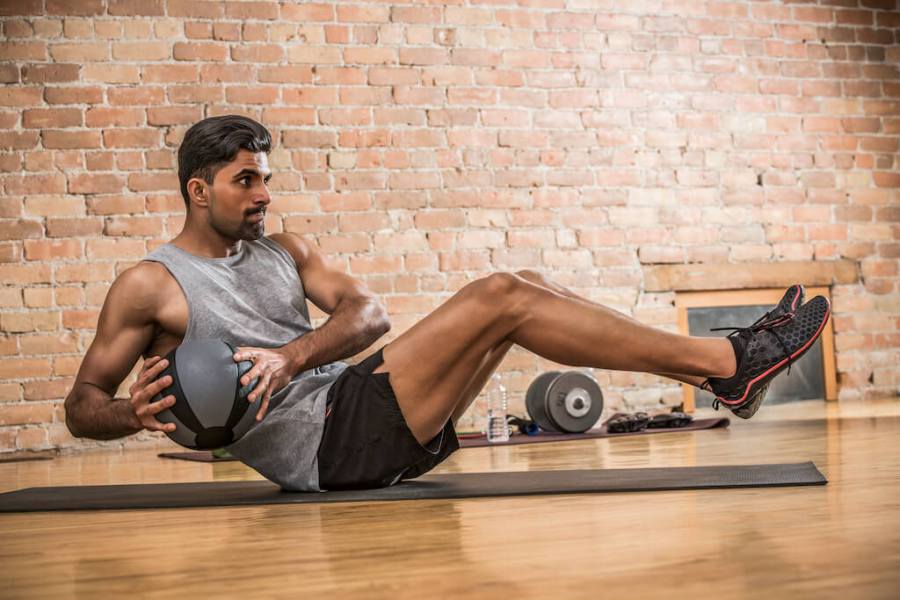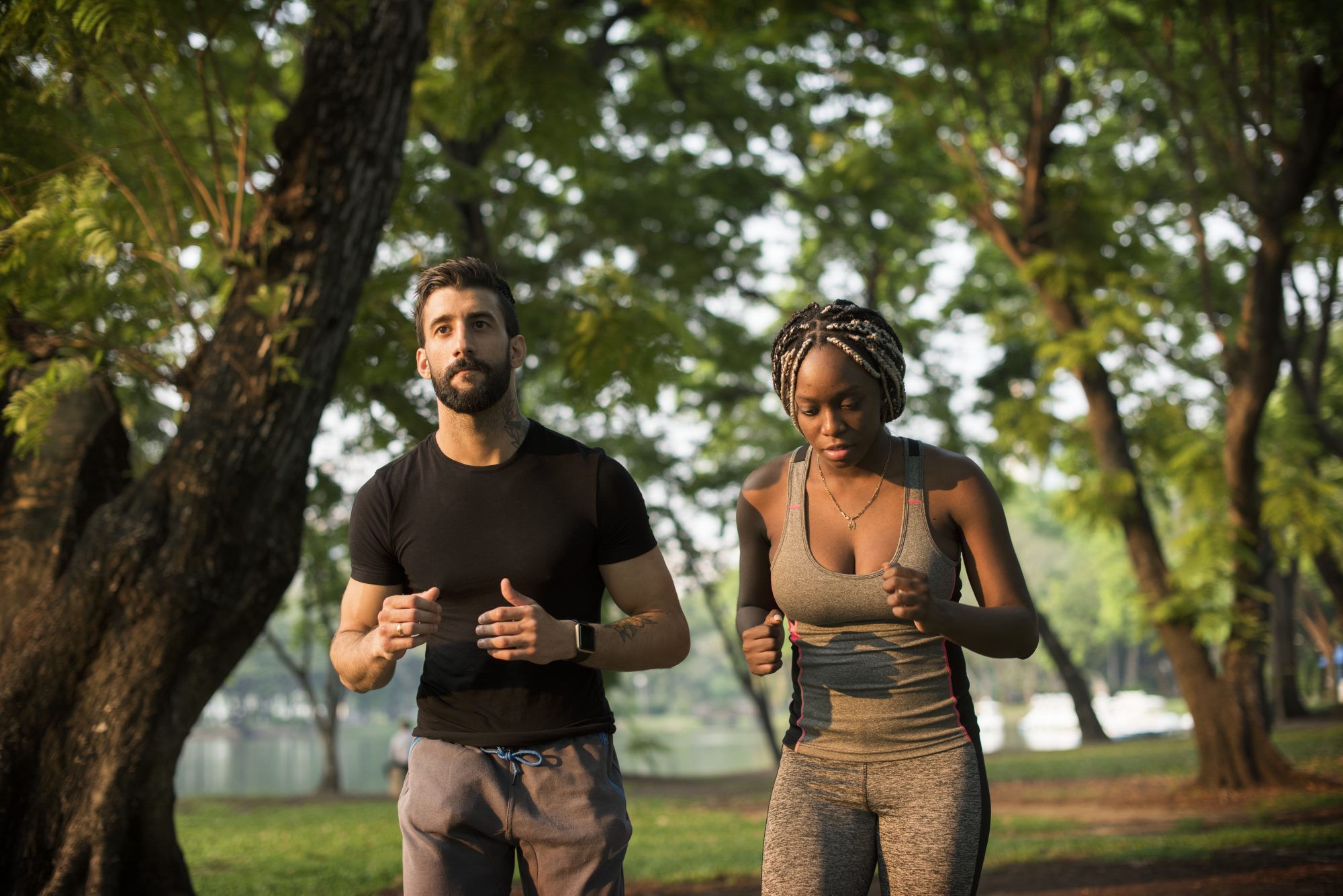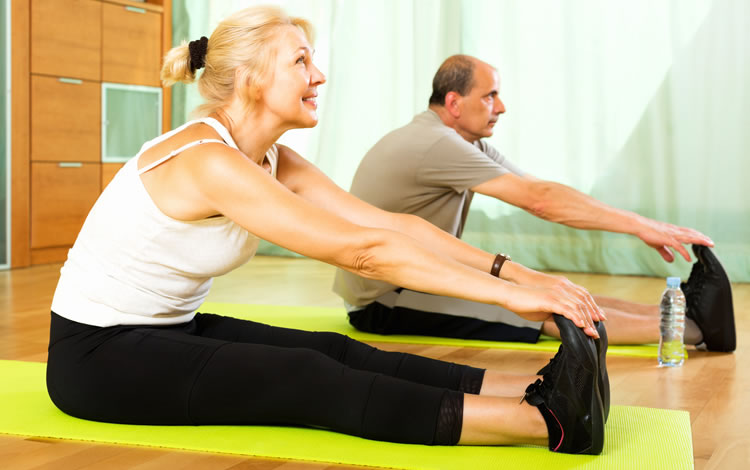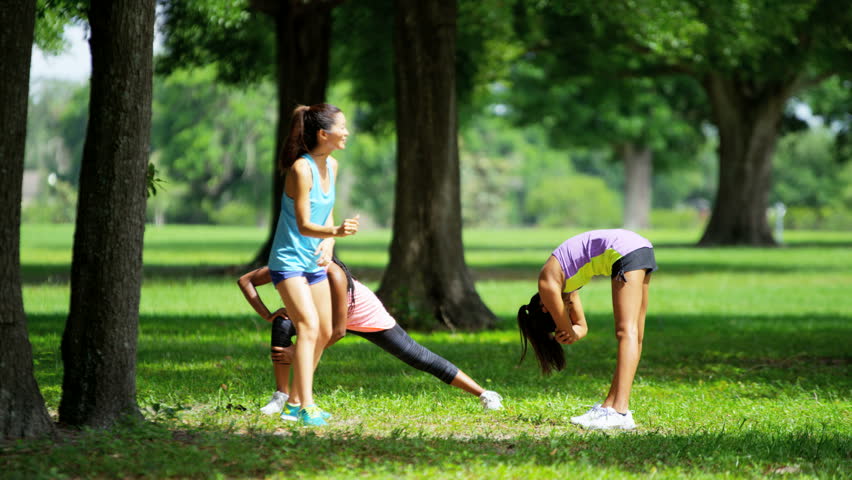Functional Training and Movement Patterns for Optimal Health
Enhance your fitness with optimal health functional training. Discover movement patterns for a healthier you. Get started today

Functional training and movement patterns are essential components of achieving and maintaining optimal health. These approaches focus on improving the body's ability to perform everyday activities efficiently and with reduced risk of injury. Whether you're an athlete looking to enhance your performance or someone seeking overall well-being, incorporating functional training and movement patterns into your fitness routine can be highly beneficial.
What is Functional Training?
Functional training is a fitness approach that emphasizes movements and exercises that mimic activities you perform in your daily life. The goal is to improve your body's functionality, mobility, and strength in ways that make everyday tasks easier and safer. Here are some key principles of functional training:
Multi-Joint Movements: Functional exercises often involve multiple joints and muscle groups working together. This helps you develop better coordination and balance.
Real-Life Application: Exercises in functional training are chosen to replicate movements you encounter in daily life, such as squatting, lifting, pushing, and pulling.
Core Engagement: A strong core is essential for stability and injury prevention. Many functional exercises engage the core muscles effectively.
Variation: Functional training promotes diversity in exercises to prevent overuse injuries and keep your body adaptable.
Progressive Overload: As with any fitness program, functional training should gradually increase the load or intensity to continue challenging your body.
Movement Patterns for Optimal Health
Movement patterns are the fundamental building blocks of functional training. These patterns encompass various ways your body moves, and improving them can enhance your overall health and well-being. Here are some important movement patterns to focus on:
Squatting: Squats involve bending your knees and hips while keeping your back straight. This pattern is crucial for tasks like sitting down and standing up.
Hinging: Hinging movements involve bending at the hips while keeping the knees relatively straight. This pattern is essential for activities like picking up objects from the ground.
Pushing: Pushing movements engage the upper body muscles, such as the chest, shoulders, and triceps. This pattern is vital for tasks like pushing doors and lifting objects overhead.
Pulling: Pulling movements target the muscles of the back, including the lats and rhomboids. This pattern is important for activities like opening doors and pulling objects toward you.
Rotation: Rotational movements involve twisting the torso. This pattern is necessary for activities like reaching across your body or turning to look behind you.
Lunging: Lunging involves stepping forward or backward with one leg while keeping the other stationary. This pattern is helpful for activities like walking and climbing stairs.
Gait: The walking and running patterns are fundamental for mobility and cardiovascular health.
Incorporating these movement patterns into your exercise routine ensures that you're training your body holistically, reducing the risk of muscle imbalances and injuries.
Benefits of Functional Training and Movement Patterns
Improved Functional Strength: You'll be better equipped to handle daily tasks and activities with less effort.
Enhanced Mobility: Functional training improves joint flexibility and range of motion, reducing the risk of injury.
Better Balance and Coordination: Working on movement patterns enhances your body's ability to move gracefully and maintain stability.
Injury Prevention: By addressing muscle imbalances and improving movement patterns, you reduce the risk of strains and injuries.
Increased Stamina: Functional training can boost your endurance and overall cardiovascular fitness.
To incorporate functional training and movement patterns into your fitness routine, consider working with a fitness professional or physical therapist. They can help you develop a personalized plan tailored to your goals and needs, ensuring that you optimize your health and well-being through effective training and movement patterns.
.
Progressive Functional Training:
To maximize the benefits of functional training and movement patterns, it's essential to adopt a progressive approach. Here are some strategies to consider:
Start with the Basics: If you're new to functional training, begin with fundamental movements that mimic everyday activities. Mastering these basics provides a solid foundation for more advanced exercises.
Gradually Increase Intensity: As your strength and proficiency improve, gradually increase the intensity of your workouts. This can involve adding weights, resistance bands, or increasing the number of repetitions and sets.
Focus on Form: Proper form is crucial in functional training to prevent injuries. Pay close attention to your posture, alignment, and technique during exercises. It's often beneficial to work with a trainer who can provide guidance and corrections.
Incorporate Variety: Continuously challenge your body by incorporating a variety of exercises that target different movement patterns. This prevents plateaus and keeps your workouts interesting.
Listen to Your Body: While pushing yourself is essential for progress, it's equally important to listen to your body and avoid overtraining or pushing through pain. Rest and recovery are vital aspects of any fitness regimen.
Functional Training Equipment:
Functional training can be done with minimal equipment, but various tools can enhance your workouts:
Dumbbells and Kettlebells: These are versatile tools for adding resistance to exercises like squats, lunges, and presses.
Resistance Bands: Bands are excellent for adding variable resistance to movements, and they are portable for home or travel workouts.
Medicine Balls: Medicine balls are useful for exercises that involve throwing, catching, or adding dynamic resistance to movements.
BOSU Balls and Stability Discs: These tools help improve balance and stability by creating an unstable surface for exercises like squats and lunges.
TRX Suspension Trainer: TRX straps provide a full-body workout by using your body weight as resistance, making them suitable for functional training.
Integrating Functional Training into Your Routine:
To make functional training and movement patterns a consistent part of your lifestyle, consider the following tips:
Set Clear Goals: Determine your fitness objectives, whether it's improving strength, mobility, or overall health. Setting specific goals helps you stay motivated.
Schedule Regular Workouts: Consistency is key. Plan regular workout sessions, and treat them like important appointments.
Mix It Up: Don't be afraid to mix functional training with other forms of exercise, such as cardio, yoga, or flexibility training, to maintain a well-rounded fitness routine.
Seek Professional Guidance: If you're unsure where to start or want personalized guidance, consult a certified fitness trainer or physical therapist.
Listen to Feedback: Pay attention to how your body responds to training. Adjust your workouts as needed based on your progress and feedback from your body.
Stay Patient: Results may not be immediate, but with dedication and consistent effort, you'll see improvements in your functional strength and overall health.
Incorporating functional training and movement patterns into your fitness regimen can lead to a healthier, more capable body that's better equipped to handle the demands of daily life. Remember that the journey to optimal health is a lifelong commitment, and adapting your training as your needs change is essential for continued progress and well-being.
Benefits of Functional Training (Continued):
Enhanced Core Strength: Functional training places a strong emphasis on core engagement, helping you develop a stable and strong core. A robust core is not only essential for good posture but also for preventing lower back pain and improving overall body stability.
Increased Joint Stability: By incorporating multi-joint movements and balance challenges into your workouts, functional training enhances joint stability. This is particularly important as we age, as it reduces the risk of falls and related injuries.
Greater Efficiency in Daily Activities: As your body becomes more adept at performing functional movements, you'll find everyday tasks become easier and require less effort. This can lead to improved overall quality of life.
Sample Functional Training Exercises:
Here are some sample exercises that target different movement patterns and can be incorporated into your functional training routine:
Bodyweight Squats: Stand with your feet shoulder-width apart and squat down as if you were sitting in a chair. Keep your chest up, back straight, and knees aligned with your toes. Stand back up to the starting position. This exercise mimics the squatting movement pattern.
Deadlifts: Using dumbbells or a barbell, stand with your feet hip-width apart and bend at your hips and knees to pick up the weight. Keep your back straight and core engaged as you lift the weight, then lower it back down. This exercise focuses on the hinging movement pattern.
Push-Ups: Begin in a plank position with your hands shoulder-width apart. Lower your chest to the ground by bending your elbows, then push back up to the starting position. Push-ups are an excellent example of the pushing movement pattern.
Bent-Over Rows: Hold a dumbbell in each hand, hinge at your hips to lean forward, and keep your back straight. Pull the dumbbells toward your hips, squeezing your shoulder blades together. This exercise targets the pulling movement pattern.
Russian Twists: Sit on the floor with your knees bent and feet off the ground. Hold a weight or medicine ball with both hands and rotate your torso from side to side. This exercise works on rotational movement.
Walking Lunges: Take a step forward with one leg, bending both knees to a 90-degree angle, and then push back up to a standing position. Repeat with the other leg. Walking lunges replicate the lunging movement pattern.
Plank Variations: Planks are excellent for improving core stability. You can perform standard planks, side planks, and forearm planks to target different muscle groups within the core.
Balance Exercises: Stand on one foot and try to maintain balance for 30 seconds to 1 minute. You can make this more challenging by closing your eyes or standing on an unstable surface like a foam pad.
Remember to warm up before your workouts and cool down afterward. Stretching and mobility exercises are also essential to maintain flexibility and prevent muscle tightness.
Incorporate these exercises into your fitness routine based on your fitness level and goals. Gradually progress by increasing the number of repetitions, sets, or resistance to continue challenging your body.
Functional training and movement patterns offer a holistic approach to fitness that not only improves your physical health but also enhances your overall quality of life. Whether you're looking to excel in sports, stay active as you age, or simply feel better in your daily activities, integrating these principles into your fitness regimen can be highly rewarding.
What's Your Reaction?
















